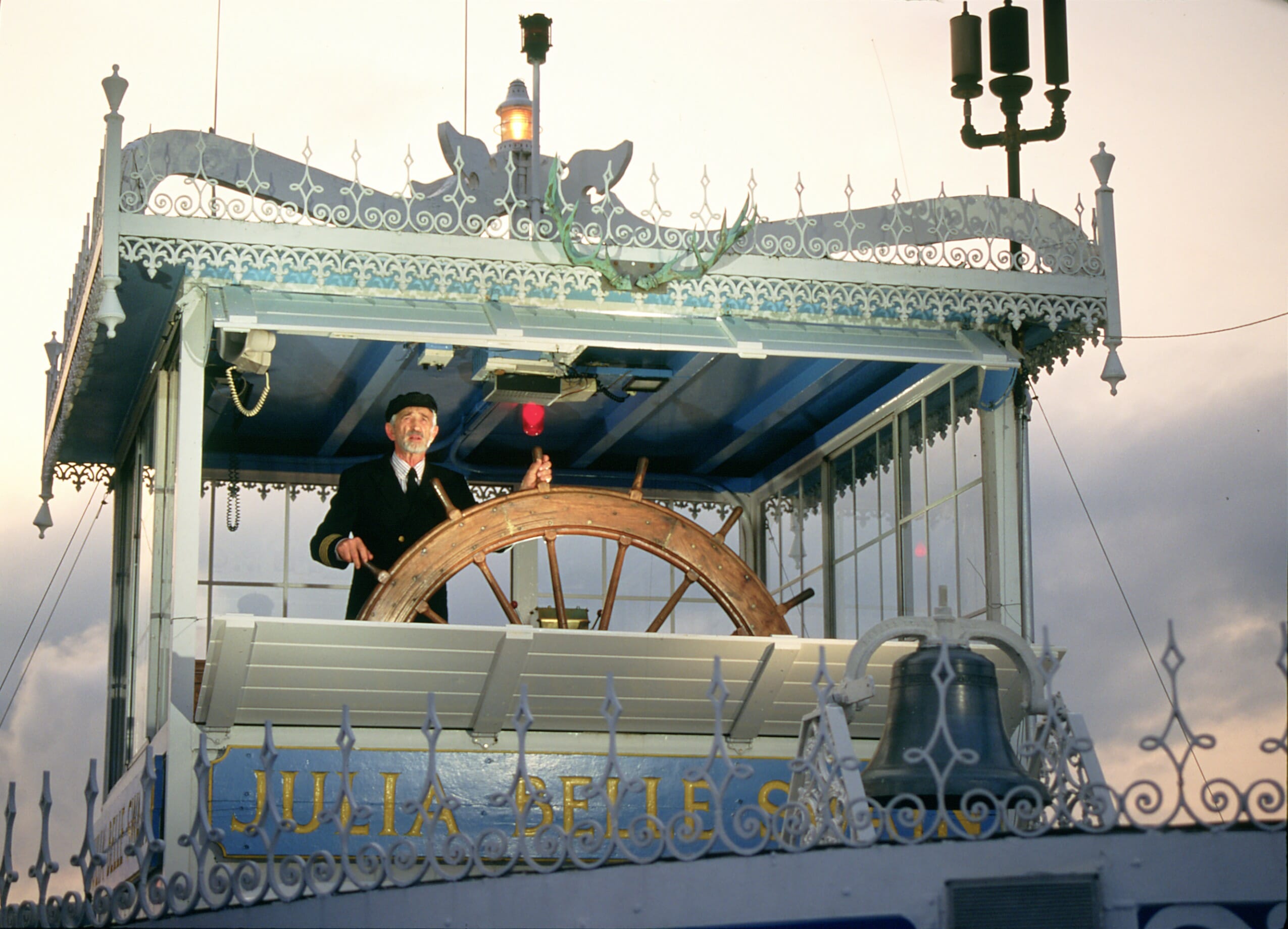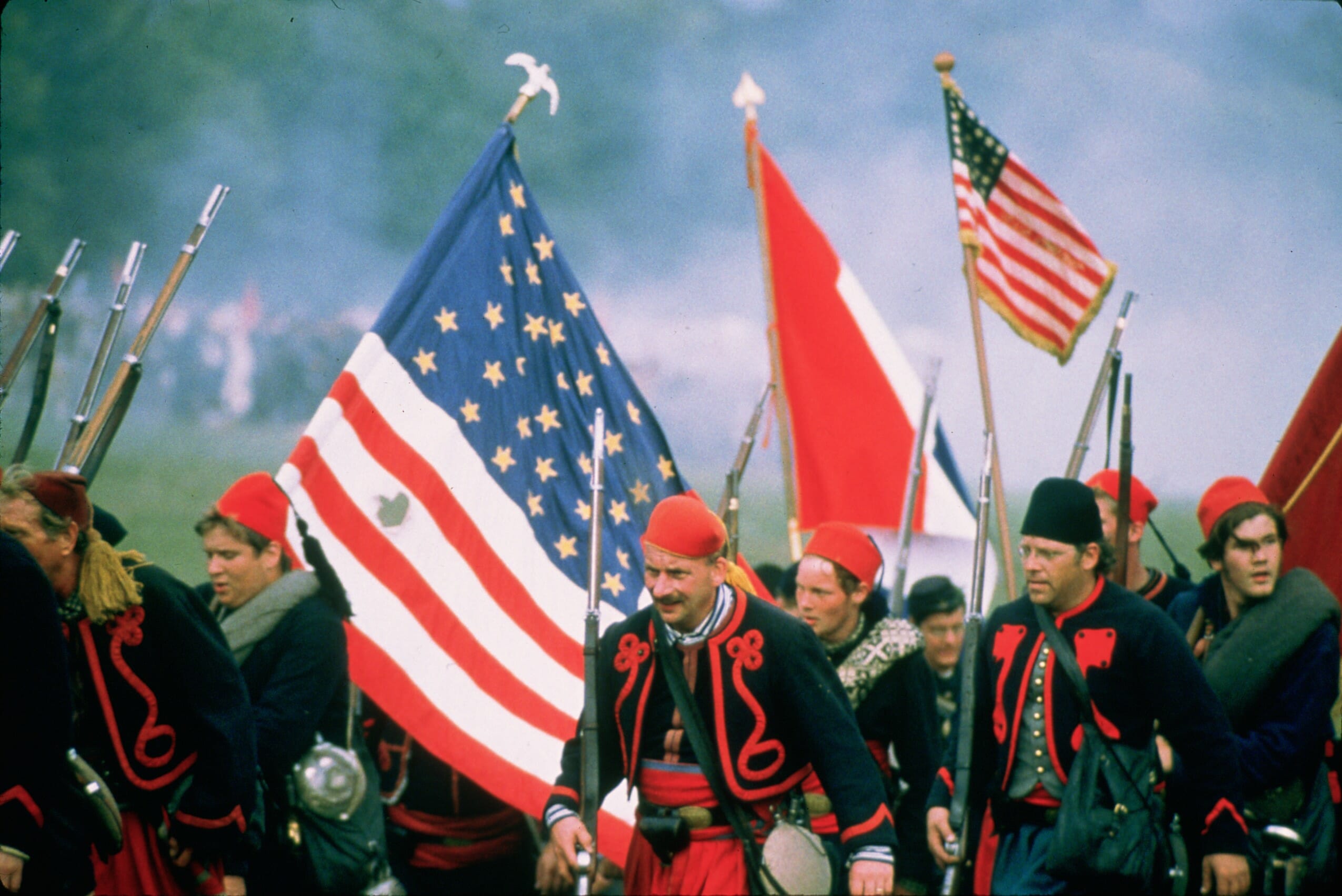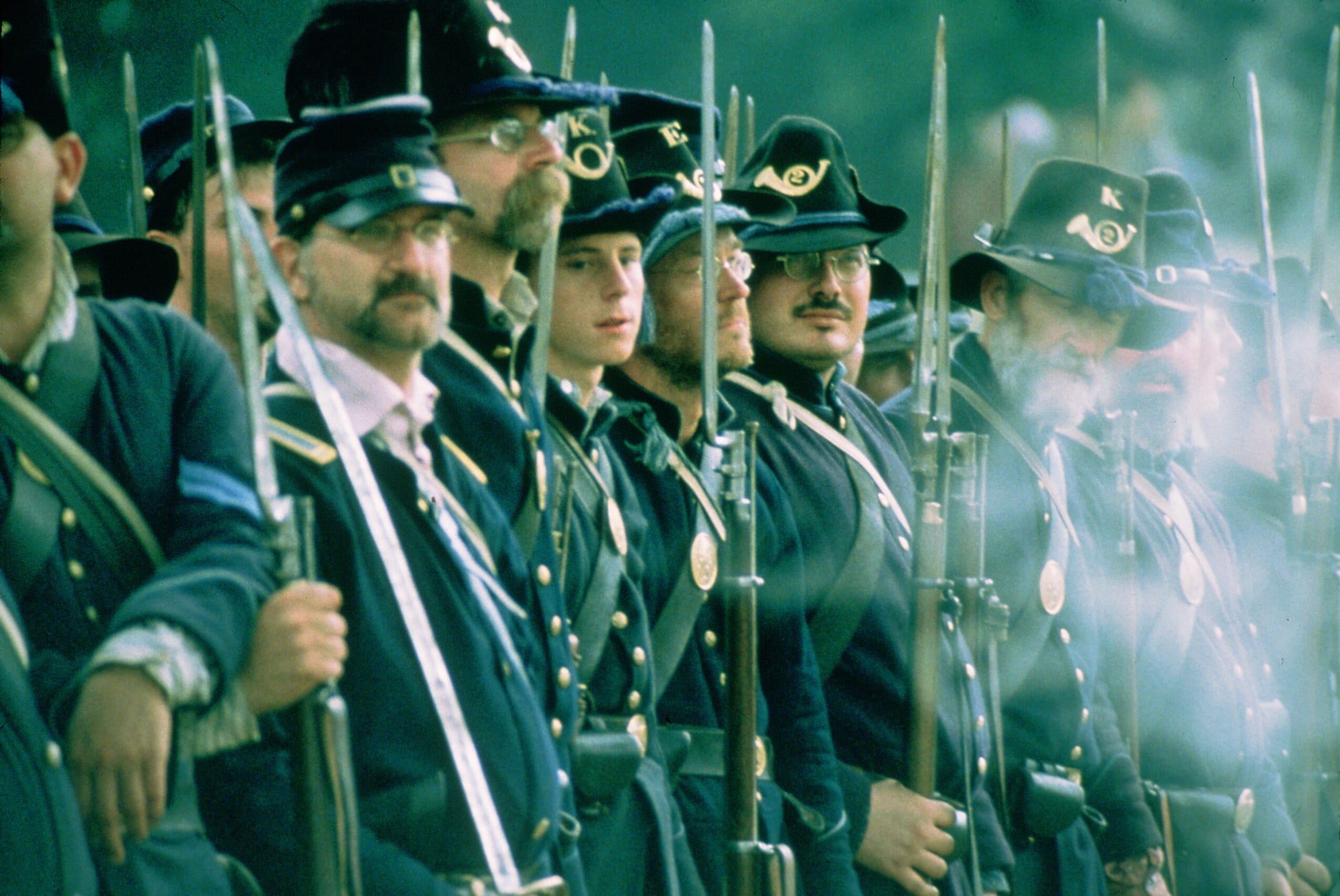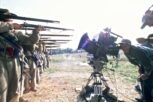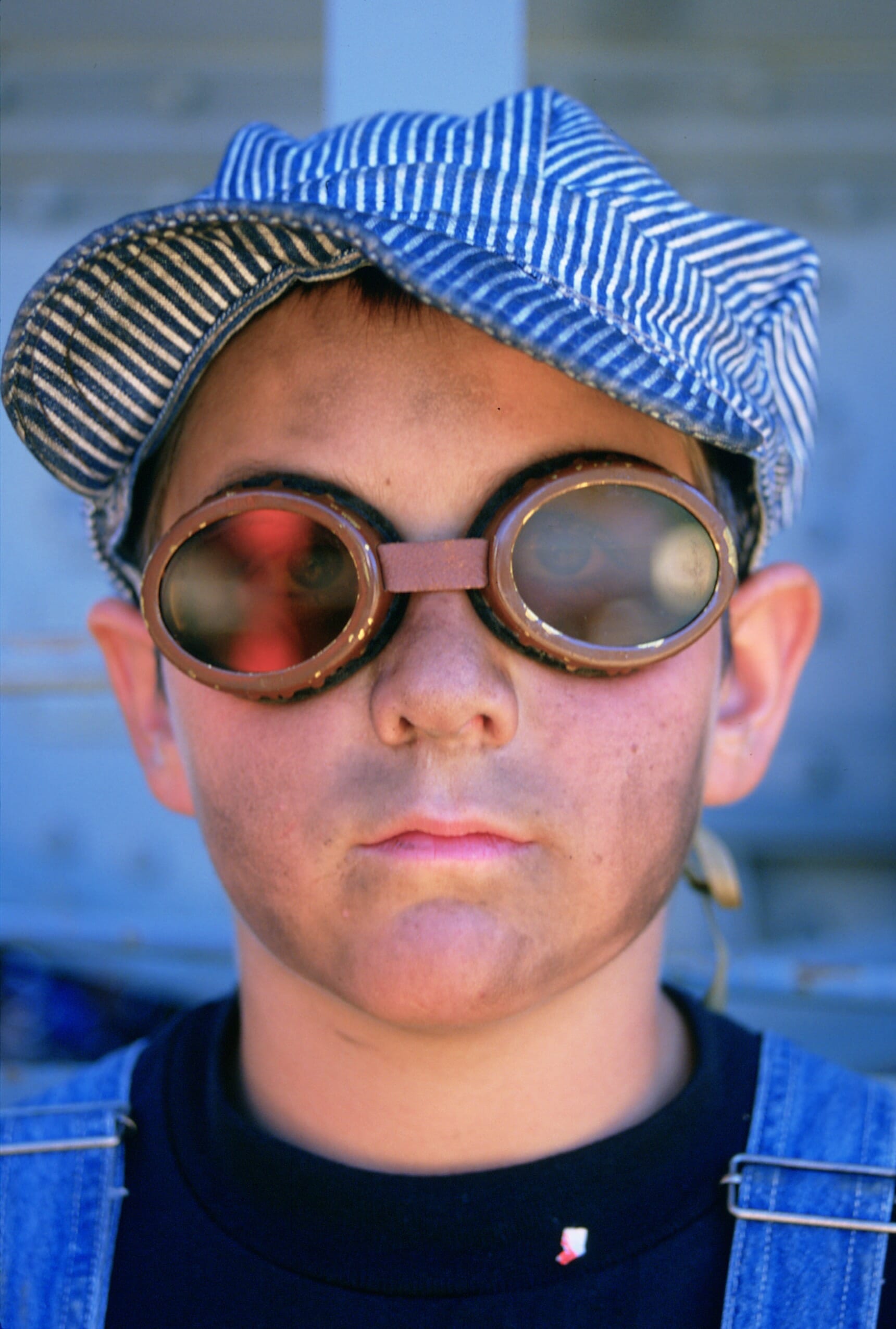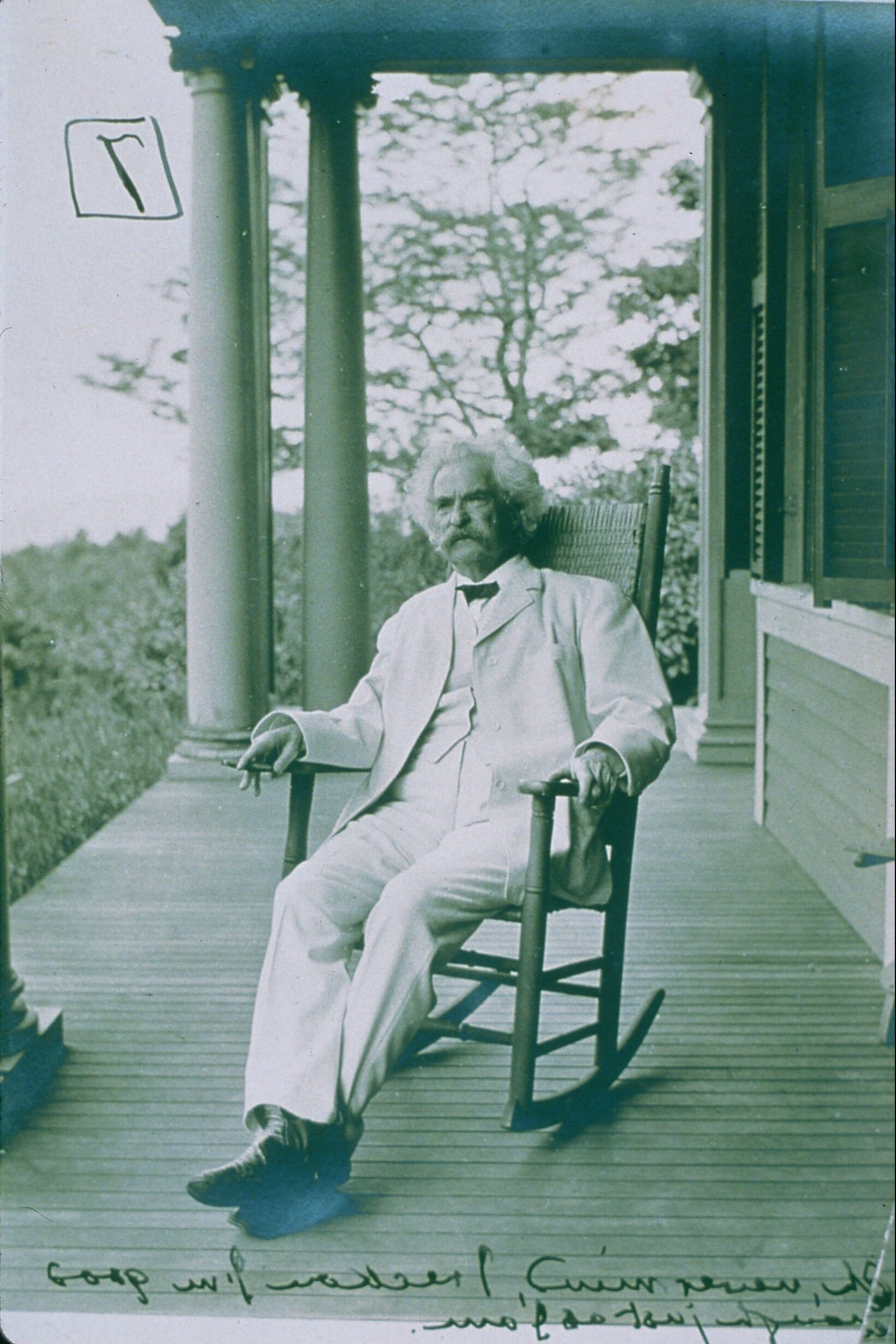Mark Twain’s America
Filmed in IMAX 3D
Synopsis
A journey into the life and times of America’s most celebrated author and humorist. Through live-action 3D and astounding stereo images of the 19th century, Mark Twain’s America reveals this author’s remarkable life, and with it, an era of river trade, railroad expansion, wild-west frontiers, civil war and industrial revolution. Across the nation, people are at work keeping the memory of the 19th Century alive—restoring steamboats, re-enacting battles, driving locomotives and dancing to the music of brass bands. Mark Twain’s America captures these remarkable echoes of the 19th Century in magical 3D and weaves them together with classic stereo images of the era.
About the Film
Mark Twain’s America delivers the giant screen’s first autobiography — revealing through 3D imagery and Twain’s own words, his extraordinary life and times. The film rekindles the dramatic events and rich textures of Twain’s America truly for the first time, through the magic of IMAX 3D.
Release date: 1998
Duration: 40 min.
Format: 15/70 3D
Distributed by: Sony Pictures Classics
For availability / licensing, contact: Sony Pictures Classics
Produced by: The Stephen Low Company for Sony Pictures Classics and Ogden Entertainment
Distributed by: Sony Pictures Classics
Stephen Low
Director / Producer / Writer
Mitchell Cannold / Isaac Palmer / Jonathan Stern
Executive Producers
Andrew Kitzanuk
Director of Photography
James Lahti
Editor / Producer
Alexander Low
Screenplay
Anne Bancroft
Narrator
Alan Williams
Music
Production Notes
Mark Twain’s America was shot in 40 days over a 3-month period—covering many locations where Twain lived or traveled including Hannibal, Missouri; Virginia City, Nevada; Hartford, Connecticut; Elmira, New York; Montreal, Canada; Antietam, Maryland and of course, the Mississippi River.
To relive Mark Twain’s vision of America during his time, the production used an extensive collection of 19th century images, both 3D photographs from the California Museum of Photography at Riverside and 2D photos from Mark Twain research centers in Berkeley and Hartford. The 2D images were digitally converted into effective 3D images indistinguishable in quality from native 3D images.

